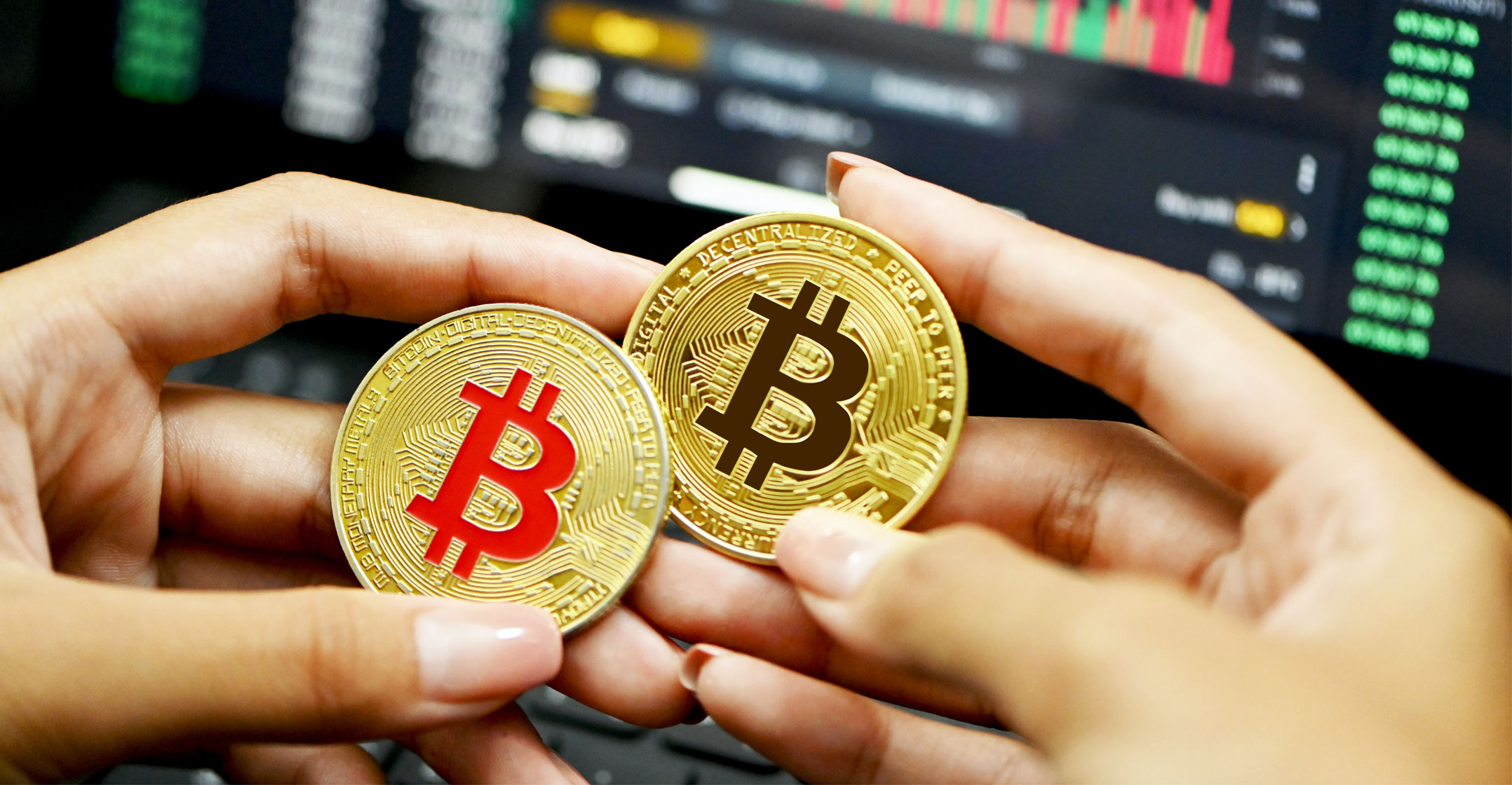 Just last week, I argued that cryptocurrencies are here to stay. Now I’d like to explain to some of my crypto friends why parts of the mainstream economics and financial world do not take them more seriously. To put it bluntly: Many of you do not understand monetary economics very well.
Just last week, I argued that cryptocurrencies are here to stay. Now I’d like to explain to some of my crypto friends why parts of the mainstream economics and financial world do not take them more seriously. To put it bluntly: Many of you do not understand monetary economics very well.
There are two common mistakes.
First, the dollar is not on the verge of collapse, nor will it be replaced by a crypto asset. The US is one of the world’s two largest economies and the centre of the English-speaking world. It has the power to tax, the strongest network of alliances and the most powerful military. Yes, it has printed a lot of dollars since 2008, but it also has taken steps to lower the speed at which those dollars circulate.
Rates of price inflation are likely to be higher for the next two years or so, but already some of the immediate inflationary pressures are abating; lumber prices, for instance, are now plummeting. Over a 10-year time horizon, the US government can borrow at a near-zero real rate of interest, hardly a sign of a doomed empire.
Nor is the US government about to go broke or on the brink of resorting to hyperinflation. The US debt-to-GDP ratio may well hit 200%, but the poorer and smaller nation of Japan is doing okay with similar debt levels. Keep in mind that national wealth, while difficult to estimate, may run as much as six to eight times higher than GDP. So a 200% debt-to-income ratio could mean a debt-to-wealth ratio as low as 25%. That’s hardly the end of the world. Think of how comfortable you’d be if you paid off “only” 75% of your mortgage.
Fiat won’t die
If anything, crypto is more likely to hurt the currencies of countries that are doing very poorly, such as Venezuela. Fiat currency won’t just go away, so over the long run, crypto could actually boost the value of the dollar by stifling the rise of potential competitors.
A second point, oft neglected in the crypto community, is that crypto prices won’t continue to go up forever at high rates. It doesn’t matter whether money supply deflation is built into a crypto system, or that new and valuable uses will be discovered each year. At some point the market will figure out the value of crypto and incorporate that information into a high level of price for those assets. From then on, expected rates of return will be — dare I say — normal.
Compare the crypto market to the art market, which for a long time didn’t grasp the potential value of an Andy Warhol painting. For years, prices went up a lot. At this point, however, a liquid market remains, and the expected value of an investment in Warhol is not necessarily better or worse than the value of an investment in other well-known works of art.

It is an entirely defensible (albeit contested) view that the market still hasn’t appreciated the full value of crypto. This state of affairs may yet endure for some while, but it will not last for decades.
The irony is that so many of the arguments made by crypto types imply especially low pecuniary rates of return on crypto. To the extent crypto is useful as collateral or for liquidity purposes, people will be more willing to hold crypto at lower pecuniary rates of return, just as they are willing to hold cash, or just as the collateral uses for US treasury bonds raise their price and lower their expected rates of return.
If we eventually arrive at a world in which equities are expected to rise by say 5% to 7% a year, and bitcoin by say 1%, then that will be a sign crypto has made it. The more general point is that while crypto has been a highly unusual asset class for its entire history, it won’t act like an unusual asset class forever.
I do understand why crypto advocates may look askance at scoldings from mainstream monetary economists. Few economists have done much to advance or develop crypto ideas, and sometimes they have mocked them. Satoshi Nakamoto and Vitalik Buterin are not only significant innovators, but also the two most important monetary economists of our time. And whatever the long-run value of crypto will be, markets have been getting it wrong.
All that said, normalisation — of crypto theory as well as value — is on its way. It will be less fun than the radical and topsy-turvy crypto status quo. But it is nonetheless something to celebrate. — By Tyler Cowen, (c) 2021 Bloomberg LP

